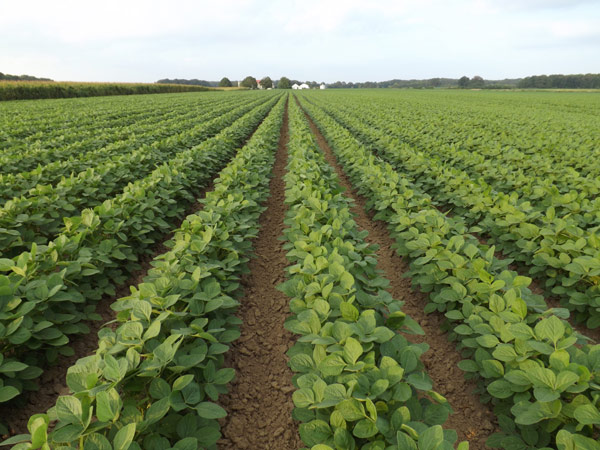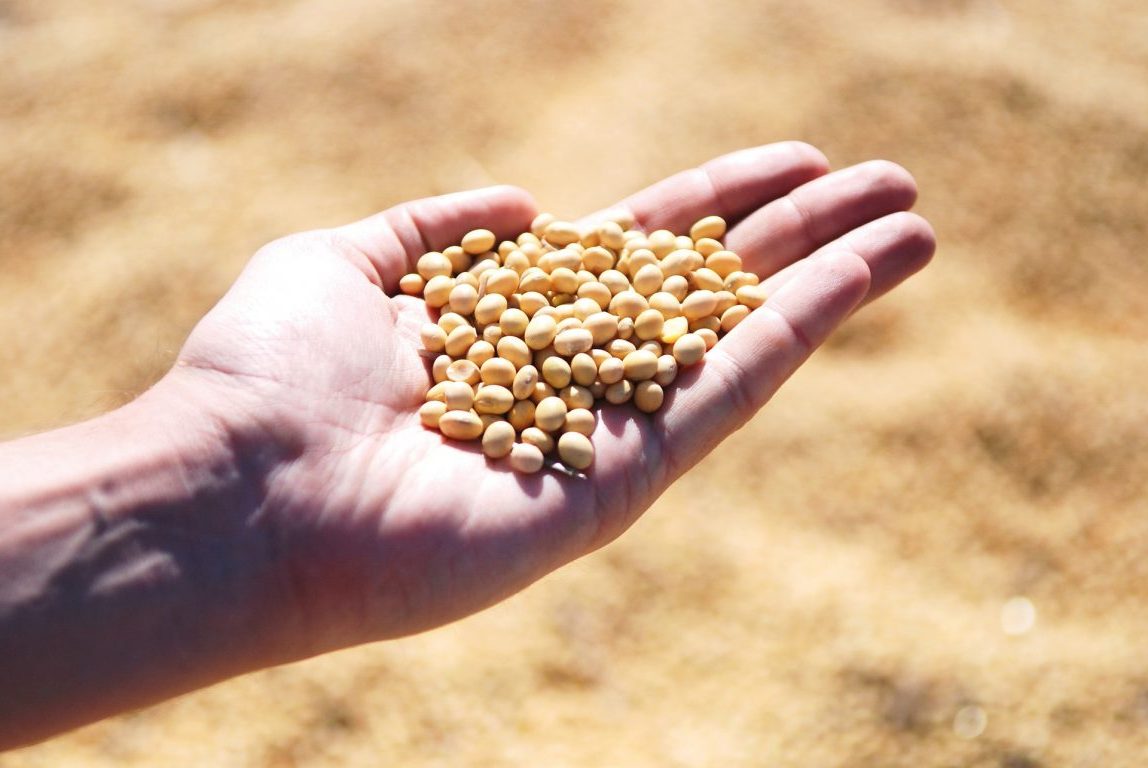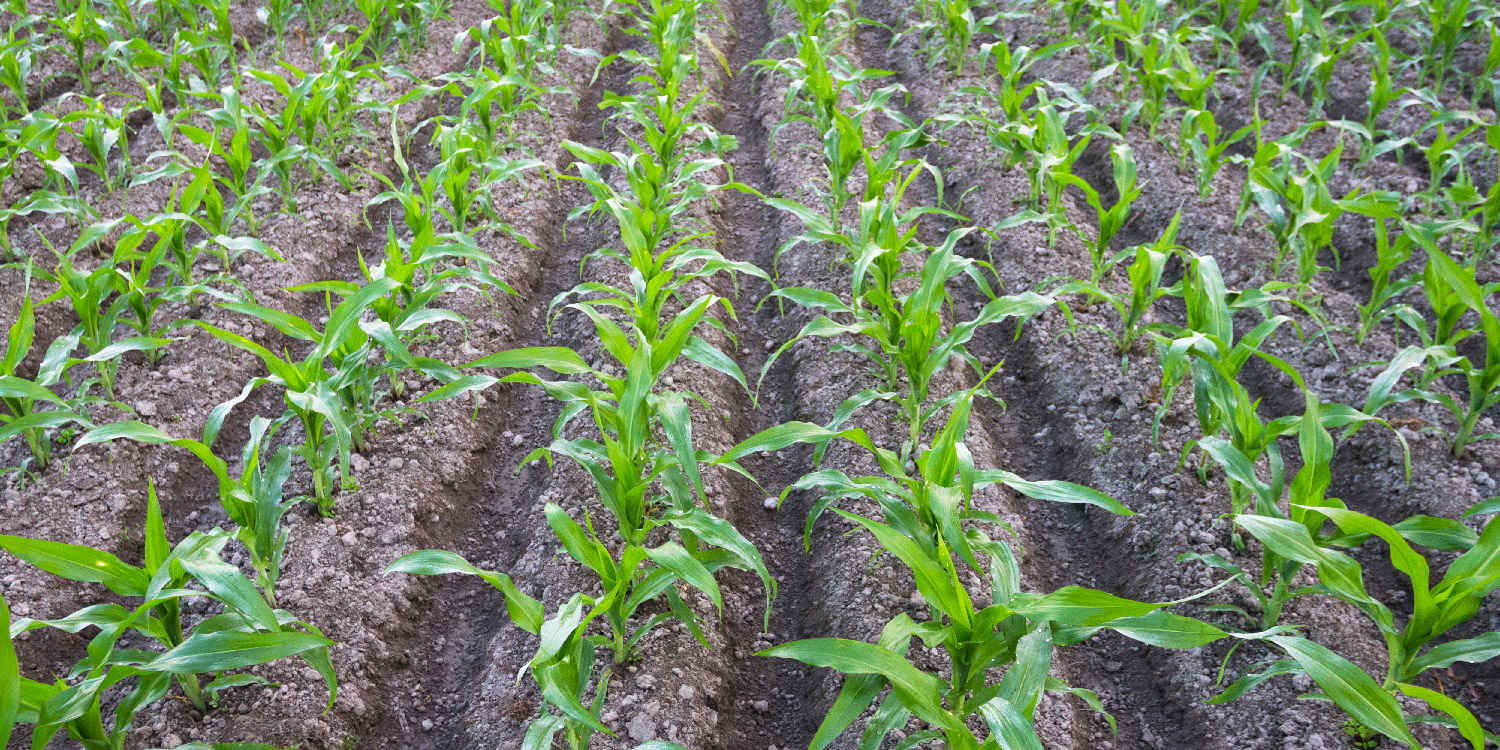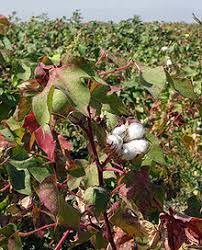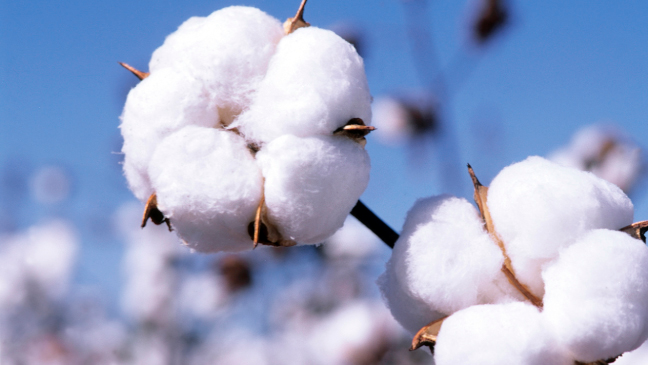Weed Management in Soybean
- Mechanical Methods (Hand weeding and Hoeing):- Two hand weeding is necessary in soybean at a time of 20-25 Days and 40-45 days after sowing. According to the convenience, should be done by the Dora before 30 days of crop should be careful that the roots of plants do not suffer.
- Use of Chemical herbicides :- Spray the recommended amount of herbicide in 700-800 liters of water.Use the Flat Fan or Flood Jet Nozzle in the Sprayer. Spray on moisture land.Use only one of the recommended weed chemicals for soybean cultivation. Use every year a diffrent herbicide.
Recommended Dose of Herbicide for Soybean:-
| Time of Uses | Chemical Name | Quantity/Hactare |
| Before sowing | 1 Fluchloralin | 2.2 Litre |
| 2 Trifluralin | 2.0 Litre | |
| After sowing | 1 Metolachlor | 2 Litre |
| 2 Clomazone | 2 Litre | |
| 3 Pendimethalin | 3.25 Litre | |
| 4 Diclosulam | 26 Gm | |
| 10-15 Days after sowing | 1 Chlorimuron ethyl | 36 Gm |
| 15-20 Days after sowing | 1 Imazathpyr | 1 Litre |
| 2 Quizalofop ethyl | 1 Litre | |
| 3 Fenoxaprop ethyl | 0.75 Litre | |
| 4 Propaquizafop | 0.75 Litre |
source:- https://iisrindore.icar.gov.in/
Like and share with other farmers by clicking on button below
Share
